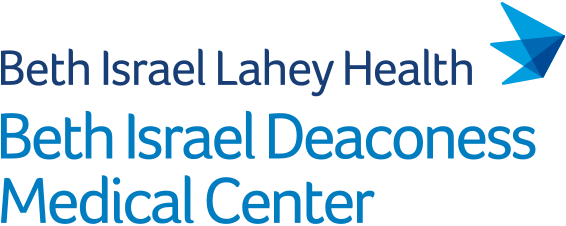BACKGROUND: Abnormal ventricular depolarization, evident as a broad QRS complex on an ECG, is traditionally categorized into left bundle-branch block (LBBB) and right bundle-branch block or nonspecific intraventricular conduction delay. This categorization, although physiologically accurate, may fail to capture the nuances of diseases subtypes.
METHODS: We used unsupervised machine learning to identify and characterize novel broad QRS phenogroups. First, we trained a variational autoencoder on 1.1 million ECGs and discovered 51 latent features that showed high disentanglement and ECG reconstruction accuracy. We then extracted these features from 42 538 ECGs with QRS durations >120 milliseconds and employed a reversed graph embedding method to model population heterogeneity as a tree structure with different branches representing phenogroups.
RESULTS: Six phenogroups were identified, including phenogroups of right bundle-branch block and LBBB with varying risk of cardiovascular disease and mortality. The higher risk right bundle-branch block phenogroup exhibited increased risk of cardiovascular death (adjusted hazard ratio [aHR], 1.46 [1.30-1.63], P<0.0001) and all-cause mortality (aHR, 1.24 [1.16-1.33], P<0.0001) compared with the baseline phenogroup. Within LBBB ECGs, tree position predicted future cardiovascular disease risk differentially. Additionally, for subjects with LBBB undergoing cardiac resynchronization therapy, tree position predicted cardiac resynchronization therapy response independent of covariates, including QRS duration (adjusted odds ratio [aOR], 0.47 [0.25-0.86], P<0.05).
CONCLUSIONS: Our findings challenge the current paradigm, highlighting the potential for these phenogroups to enhance cardiac resynchronization therapy patient selection for subjects with LBBB and guide investigation and follow-up strategies for subjects with higher risk right bundle-branch block.

